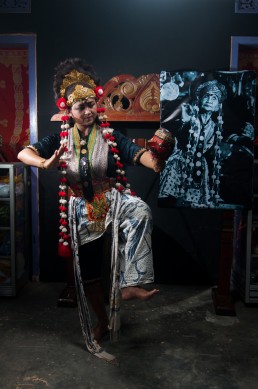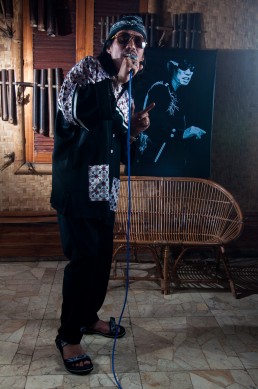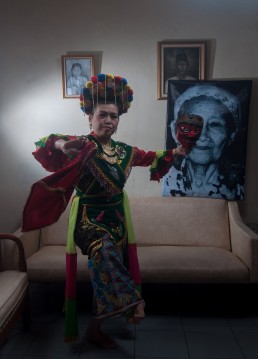Dynamic Successors
DYNAMIC SUCCESSORS
Handika Rizki Rahardwipa, GATRAnews.com
Patah tumbuh hilang berganti.
“Whatever broken will grow back, whatever lost will be replaced”
This proverb says that there will be a replacement for everything. It also means that there is always a successor to a previous generation, just like traditional art maestros who inherit their “assets” to their children and grandchildren.
Some successive generation artists like Aerli Rasinah, an Indramayu mask dancer, Kartini Kisam, a Betawi mask dancer, Priyo Salim, a Kotagede silversmith, Sukarlana Nemit, a shadow puppet master and Taufik Udjo, an angklung bamboo musical player, have dedicated their lives to keeping the art they inherited from their parents.
Extinct and Recognized
The United Nations Educational, Scientific and Cultural Organization has only recognized six Indonesia’s heritages, namely wayang (shadow puppet), keris (Javanese daggers), batik, angklung, Aceh’s Saman Dance and Subak (Balinese irrigation system).
Although some forms of art have been registered, others have gone extinct. Indonesian puppet master association Pepadi has recorded that 75 types of wayang have no longer existed. This is a worrying situation despite UNESCO’s inclusion of wayang into the world cultural heritage list.
In addition to being extinct, some Indonesian cultural heritages are yet to be recognized by other countries, such as batik, Rasa Sayange song, Reog Ponorogo dance, shadow puppet, Javanese dance Kuda Lumping, spicy meat dish rendang, keris, angklung, Balinese dance Tari Pendet, West Sumatra dance Tari Piring and Javanese musical instruments gamelan.
This means that keeping any traditional art alive is not enough by only having a UNESCO’s recognition. People’s active participation, especially of those successors to the art maestros’ “throne”, is badly needed to safeguard the future fate of our traditional arts.
Amid a strong current of globalization, the successive generation understands that it is not something easy to safeguard traditional arts. They, however, acknowledge that the arts are the identity of the Indonesian nation that needs to be well protected.



